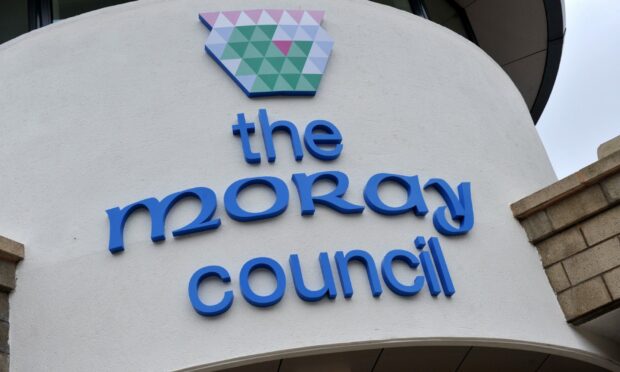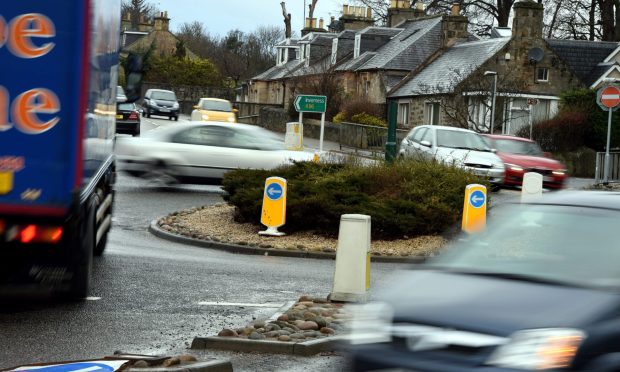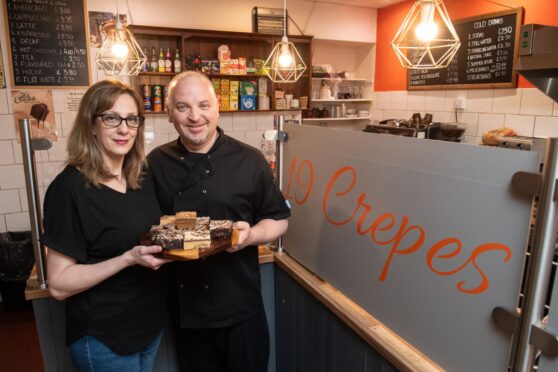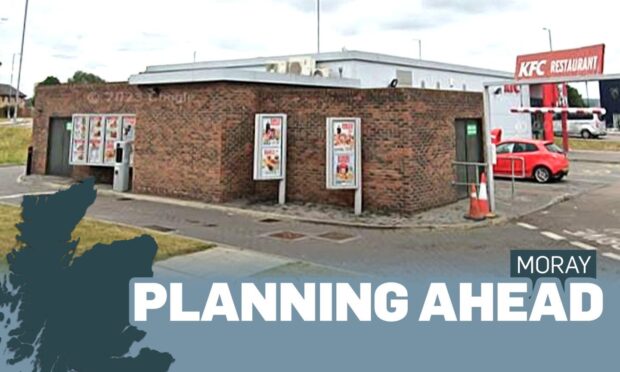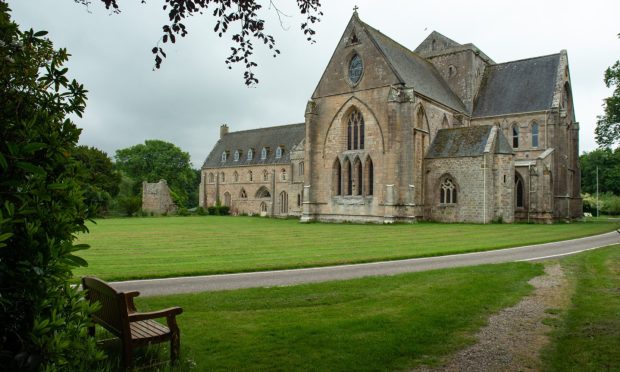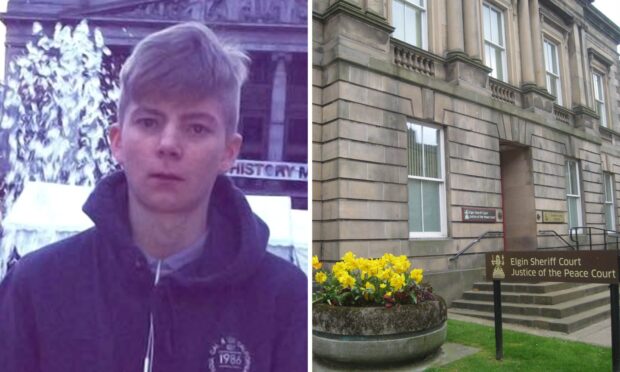Traffic restrictions at two Elgin primary schools could become permanent if councillors give the go-ahead next week.
Pilot projects are being carried out at Seafield and New Elgin to preventing vehicles from entering zones around the schools at pick up and drop off times.
The aim of the School Streets scheme is to reduce the amount of vehicles around the primaries making the area safer for pupils to walk or cycle.
Parents who drive their children to school are also encouraged to park outwith the zone and walk the last part of the journey.
At the moment experimental traffic regulation orders (ETRO) are in place at New Elgin and Seafield to enable the restrictions to be enforced.
They also allow exemptions for residents within the zones, the emergency services, doctors and utility companies.
With the ETROs coming to an end in September, members of the economic development and infrastructure committee on February 8 will be asked to replace them with permanent traffic regulation orders.
Overall fall in vehicle numbers
Traffic surveys were carried out at both schools for an hour in the morning and afternoon prior to the pilot and again once the scheme had been running for eight months.
Results show vehicle movements on Deanshaugh Terrace outside Seafield fell from 138 to 73 during the morning drop off, and 113 to 74 in the afternoon.
While the numbers on Bezack Street where New Elgin Primary is sited reduced from 151 to 116 at school opening time, in the afternoon they increased from 104 to 123.
Traffic data also showed while vehicle speed fell by almost 3mph at New Elgin, it increased slightly at Seafield.
Questionnaires were sent to parents, guardians and residents around the School Streets zones with 153 responses received.
Enforcement key to traffic safety around schools
The main concerns raised were restrictions not being observed unless the police were present, and they moved the traffic problem to other areas.
In her report, senior engineer with transportation Diane Anderson said: “School Streets schemes have the potential to enhance the health and environment for young people and to address road safety perceptions.
“However, the success of these schemes is reliant on the commitment of
the school to the scheme and the ability of Police Scotland to undertake
regular enforcement activities.
“Overall, the pilot projects have delivered reductions in vehicle activity around the school entrances.
“Although both schools have experienced non-compliance by parents or guardians who have continued to enter the zone to drop off and pick up pupils.”
Councillors will also be asked to agree criteria so other schools can take part in the scheme.
